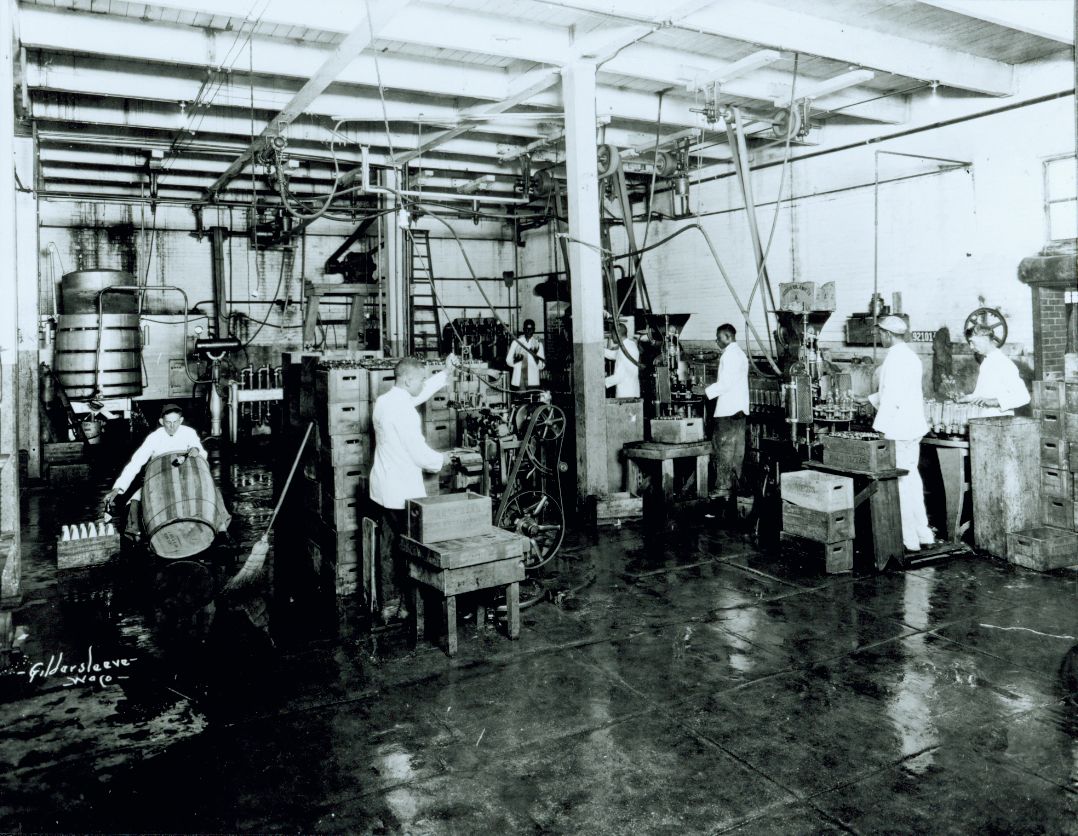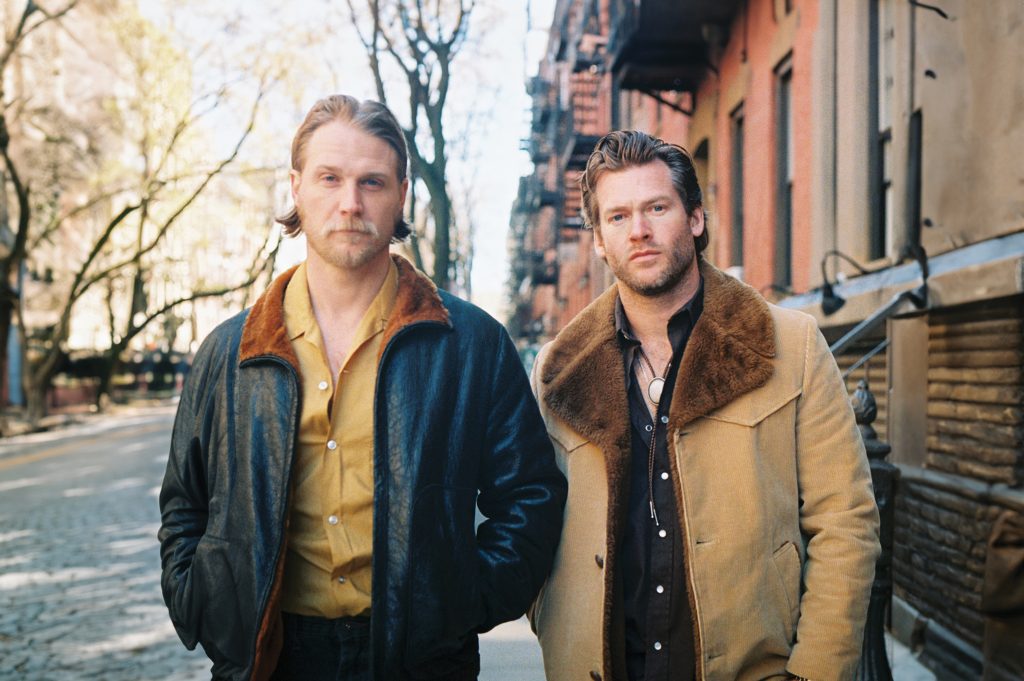
Artesian Manufacturing and Bottling Company, circa 1910. Photo by Fred Gildersleeve, courtesy of the Dr Pepper Museum
Just a three-block walk from the crowds at Magnolia Market in Waco is the Dr Pepper Museum, where visitors can learn all about the quintessential Texas soft drink and get handmade floats at a real old-fashioned soda fountain. This week, however, a revitalized exhibit opens that offers a new glimpse into the working environment of the former production plant’s historic bottling room.
Dr Pepper Museum
Address: 300 S. Fifth St.
Phone: 254-757-1024
Hours:
Mon.-Sat., 10 a.m. to 5:30 p.m.
Sun., noon to 5:30 p.m.
Admission:
$10; free for children 4 years old and under
Website: drpeppermuseum.com
Following nearly two months of renovations, the bottling room reopens to the public on Feb. 24. Along with displaying life-size images of some of the people who supplied the manual labor, the exhibit, titled The People Who Made Dr Pepper/Las Personas Que Hicieron al Dr Pepper, shares their stories to emphasize the human significance of what’s been called the museum’s “most iconic space.” Even return visitors can expect to experience a greater sense of what this place was and who the people were who made it an essential Texan point of pride.
Located on Fifth Street, the Artesian Manufacturing and Bottling Company building, which was the first plant built specifically to produce Dr Pepper in 1906, houses the museum. The bottling operation once covered an entire floor with equipment for the bottling line, like bottle washers, carbonators, and filler cappers (a machine that both fills the bottles and caps them—the earliest filler capper the museum has in the exhibit is from 1898). This is the first time since the museum’s 1991 grand opening that a fresh perspective enhances the popular bottling room exhibit.
However, museums aren’t just about things. Now more than ever they’re about the people who lived and worked with those things. So while there are still pieces of bottling equipment on exhibit, the focus, aided by audio and visual components, is now on the people who worked at the plant between 1906 to 1962. (The last bottling line shut down at this facility in the early 1960s, when cans became popular for packaging.)
“We had a very diverse and interesting staff; many worked here for many years,” says Joy Summar-Smith, the museum’s associate director. “We put our resources into telling their stories. Some were here for life. It was where they started and ended their careers. For others it was a stop along the way. The had backgrounds that pulled them from all over the world to Waco and Dr Pepper.”
One of the more popular stories on exhibition belongs to Ellis Booker, who worked with Dr Pepper before the Artesian building was constructed and was close with the president of the company, Robert Lazenby. Booker headed up bottle washing and was respected for his quality control.
“When the Klan was active, they threatened Mr. Lazenby—demanding that Ellis and other African American workers lose their jobs at the plant,” explains Mary Beth Farrell, director of visitor experiences. “That’s where Mr. Lazenby and the company drew the line.” It was a courageous move for the early part of the 1900s, but Lazenby didn’t fire any employees and Ellis ended up working at Dr Pepper until 1954.
The museum’s organizers also haven’t forgotten what’s made this exhibit such a visitor favorite: Along with actual vintage bottling equipment, the bottling room still has its 27.5-foot-deep Artesian Well, dating back to the dawn of the plant, but now with a clear glass covering for easy observation.
Before that well was ever dug, Waco pharmacist Charles Alderton invented Dr Pepper in his drugstore, in 1885. It was bottled at temporary spaces around town, including in a facility that once stood where one of the museum’s parking lots is located.
Those stories are still told at the museum. As always, there are plenty of historical artifacts to see, including antique bottles, plus a recreation of Alderton’s pharmacy and the soda fountain where you can drink your Dr Pepper hot. The Sit Down to Take a Stand exhibit recreates a lunch counter where civil rights’ sit-ins took place. Like the new bottling room exhibit, the people’s stories from that time period add warmth to the museum and breathe new life into its history.








